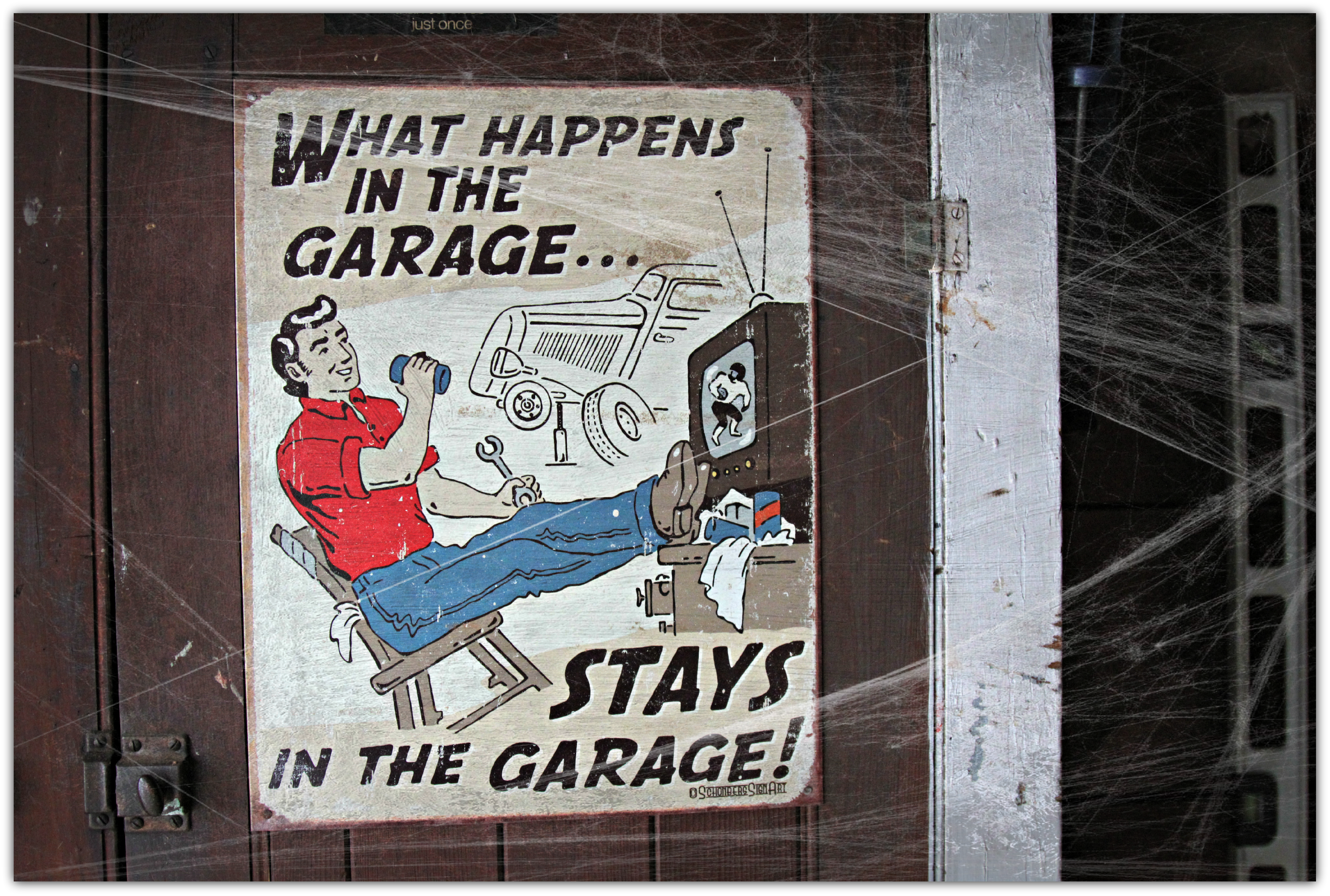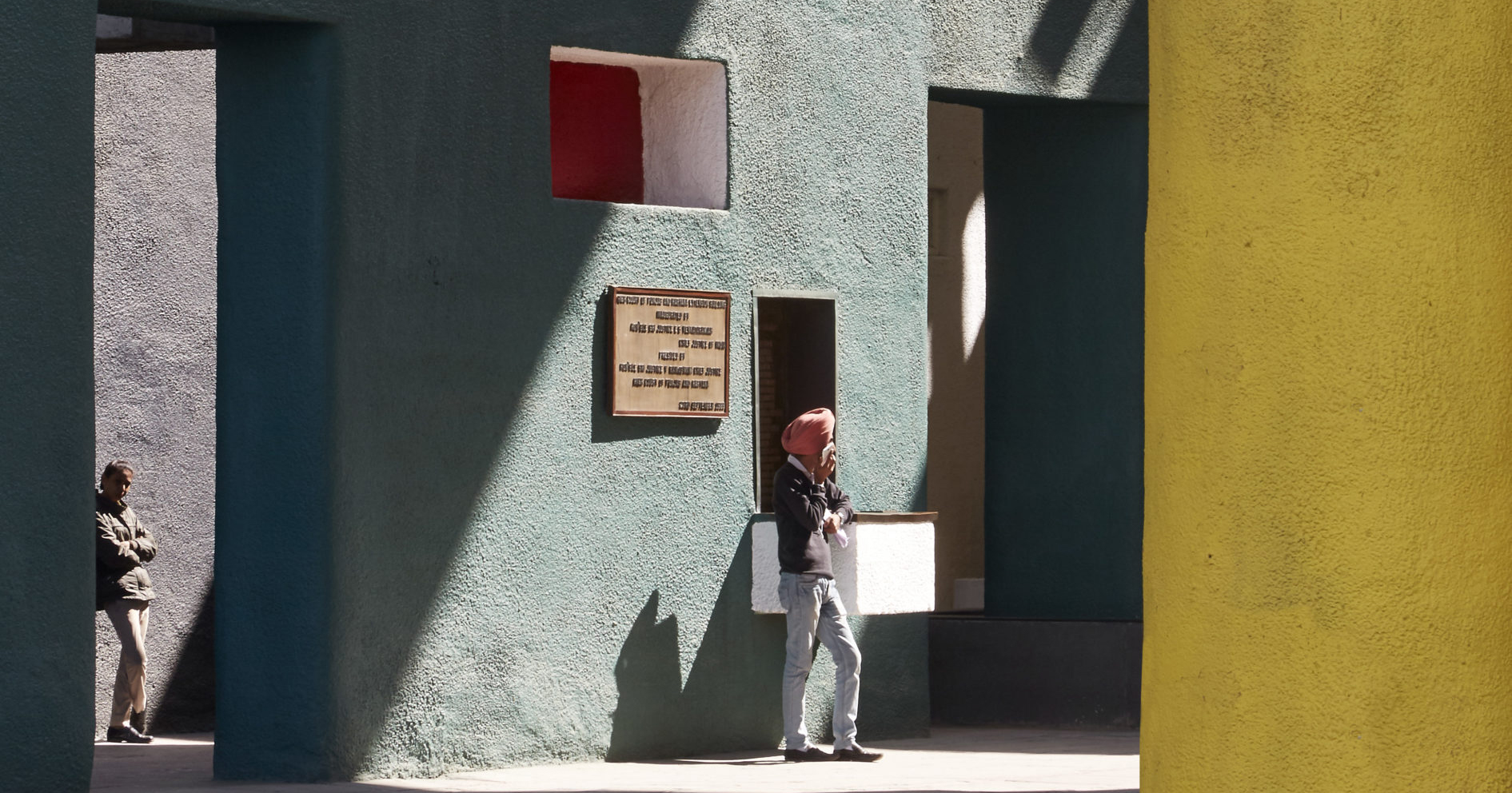Architizer's new image-heavy daily newsletter, The Plug, is easy on the eyes, giving readers a quick jolt of inspiration to supercharge their days. Plug in to the latest design discussions by subscribing.
‘Man cave’ is a common term used in the context of home design. Oxford Learner’s Dictionaries defines a man cave as “a room or other part of a home where a man can spend time alone and do things he enjoys, such as watching sport on TV.” Known as a place where men can escape the realities and responsibilities of domestic life, this room is imagined as a sort of male haven. Cigars, alcohol and leather lounge chairs paint the stereotypical image of the man cave. It is a place to unwind in private — perhaps indulge in an indiscretion — and take a brief pause from reality.

Photo by Anthony, Retrieved from Flickr.
This strictly male space has been around long before the term man cave came about. From aristocratic gentlemen’s clubs in the late 1600s to 19th-century tobacco rooms decorated in ‘masculine’ styles, male-only gathering spots have long existed. One of the earliest references to the term man cave was by American writer John Gray. In 1992 Gray published a relationship guide called Men Are from Mars, Women Are from Venus, which explores the man cave in a metaphorical sense. Gray saw the cave as a place where men can retreat to privately resolve a conflict.
“(A man) becomes very quiet and goes to his private cave to think about his problem, mulling it over to find a solution. When he has found a solution, he feels much better… If he can’t find a solution then he does something to forget his problems, like reading the news or playing a game…” – John Gray, 1992
joey and chandler in their chairs pic.twitter.com/kluU44GNQv
— alex ✧ (@wdwruffalo) March 24, 2022
Even 90s television shows, like Friends, reinforced the concept of the ideal ‘male space.’ Characters Joey Tribianni and Chandler Bing’s bachelor apartment exemplify the model male-only pad. From comfortable recliners, foosball tables, and a minimally-equipped kitchen, the Friends apartment was equipped with the best man cave accessories.
The term eventually took off in the early 21st century and in 2008, the hashtag #mancave began circulating more widely. Thus, the term man cave became widely common — and the idea that men desired a man cave in their homes. Today, as the world strives forward and dismantles gender-based biases and behaviors, it is hard to avoid the problematic undertone of “man cave.” While the concept of designing a space in a home that is used as a place of refuge and relaxation is appealing, the notion that such a room can only be enjoyed by men is where the conflict lies. As gender roles evolve — especially those in the familial context — and break from the gender binary, perhaps it is time to rethink society’s use of the term.

Man Cave by MAKE Architecture, 2008
Man caves are often characterized as dark rooms filled with rich hues of browns, plenty of leather, a bar and maybe even a taxidermy animal or two. However, many modern-day interpretations of the space suggest otherwise and demonstrate that the man cave is simply an exclusionary interpretation of the lounge. Man cave, lounge, TV room, living room: when examined closely, the lines begin to blur and the spaces feel more alike than they do different.
Take MAKE Architecture’s Man Cave design for example. This home office is a separate volume detached from the primary dwelling. The structure overlooks the owner’s stable and surrounding forested landscape. Constructed with reclaimed lumber and floor-to-ceiling windows, the office space offers a tree-house-like environment. The space is welcoming and does not feel like the stereotypical man cave. Its primary use is a home office and it makes one wonder why the project was named Man Cave in the first place. The neutrality of the space does not seem to reflect the partiality of its name.


Urban Man Cave by Inhouse, Cape Town, South Africa
Whilst in Cape Town, Inhouse designed an Urban Man Cave for the client’s teenage son. By taking an unused space in the home, the design team realized an ultimate lounge space for young teenagers. The space is bright, contemporary and trendy. Curved walls, colorful furniture and youthful illustrations characterize this all-ages space. This room comes complete with a television, pool table, bar and skate bowl. Despite its man cave-typical decorations, the space feels more like a kid’s arcade than an exclusively male space. It’s also brighter than the subterranean space that the name infers. Once again, the project’s name feels contradictory to its main use.
These two projects demonstrate how modern-day interpretations of the man cave often break from its stereotypically dark and private-club-like aesthetic. However, the term continues to prevail in the design world and in colloquial conversations. Creating a space within the home that encourages relaxation can add great depth to a residence. That being said, calling it a man cave suggests that only men are deserving of such spaces. How about replacing Man Cave with Cozy Corner, Relaxation Room, Adult Area? The relaxing space doesn’t have to change, but the term does so that everyone can enjoy it — and so that designers feel emboldened to push the boundaries of the concept itself.
Architizer's new image-heavy daily newsletter, The Plug, is easy on the eyes, giving readers a quick jolt of inspiration to supercharge their days. Plug in to the latest design discussions by subscribing.






 Man Cave
Man Cave  Urban Man Cave
Urban Man Cave 


